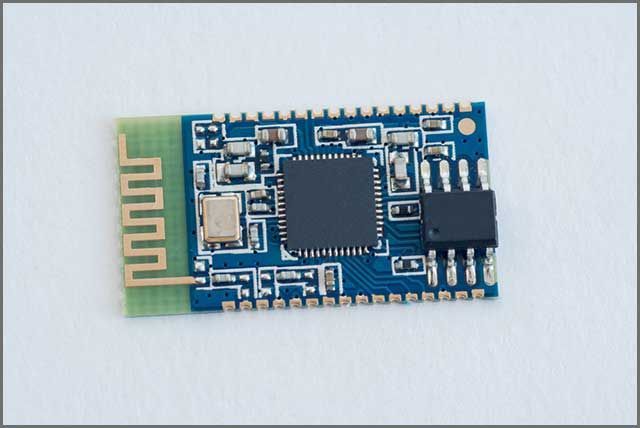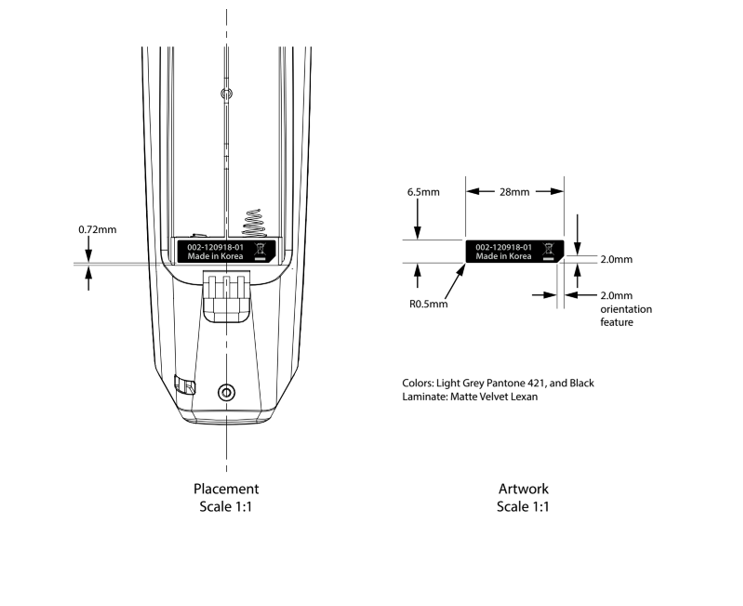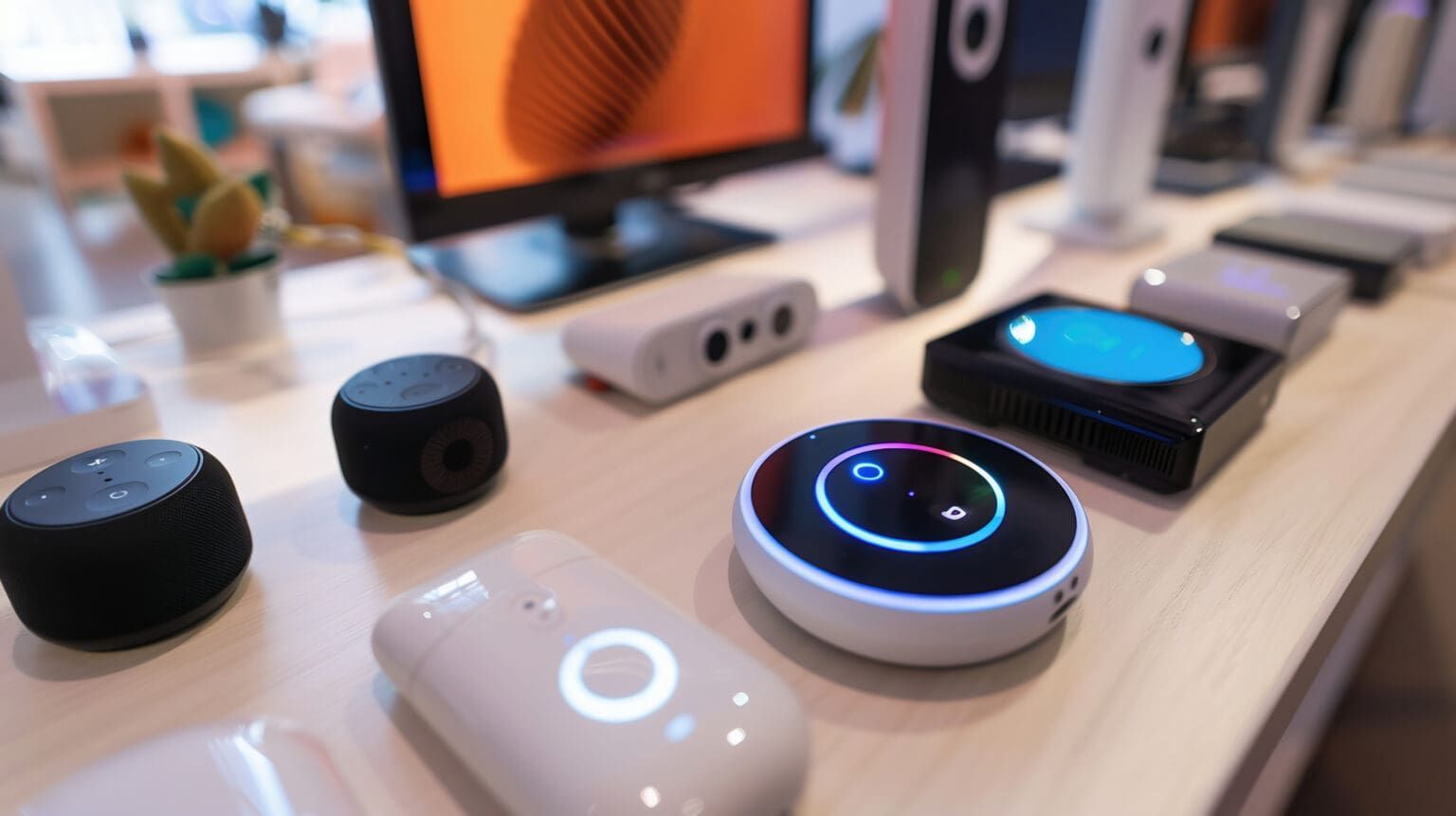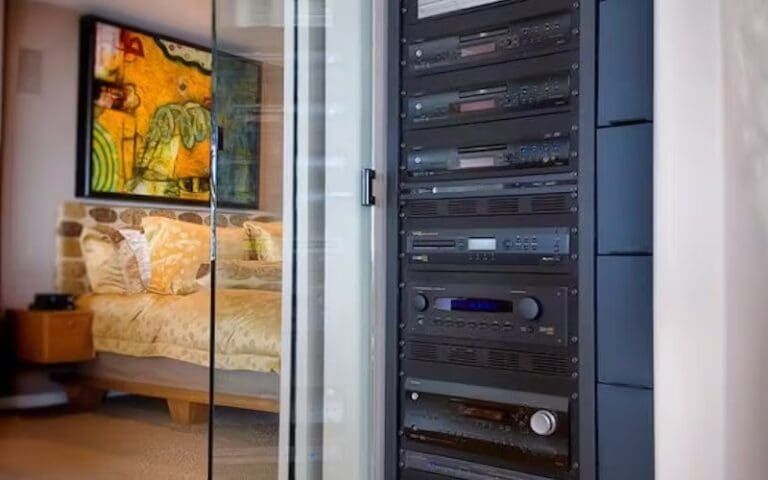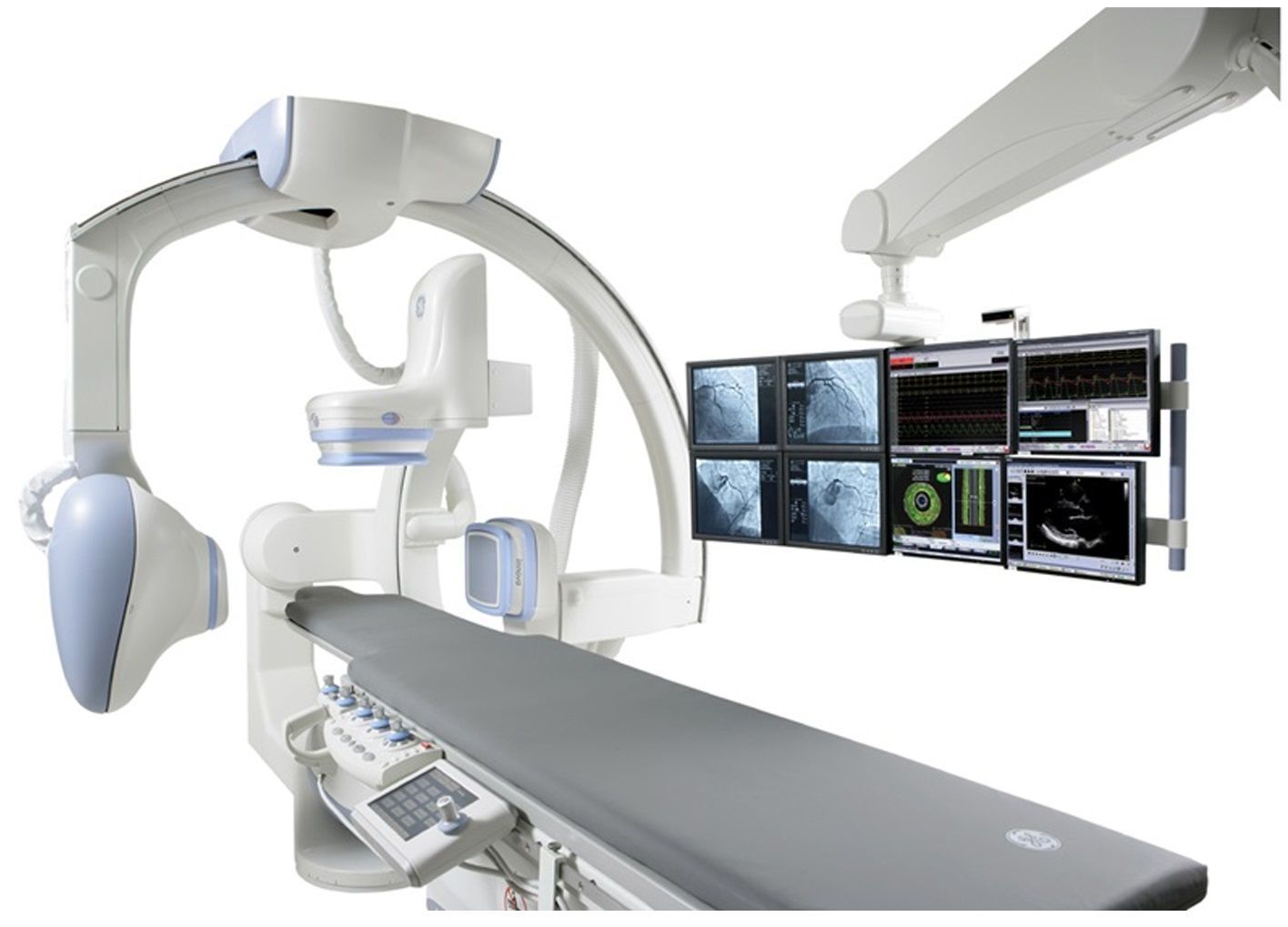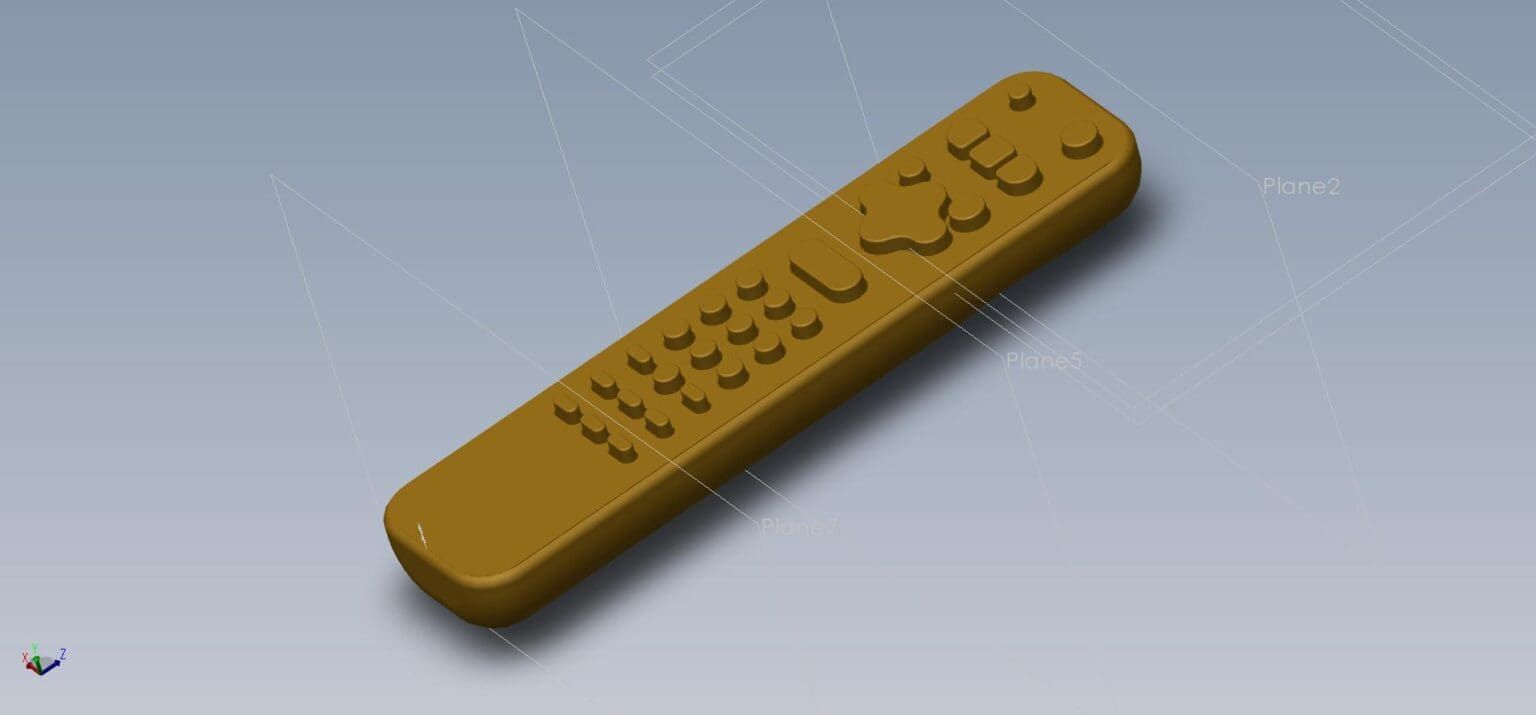Technology Spotlight: Supercapacitors as “Batteries” with USB Charging
If you’ve ever wished your handheld device could top-off in minutes instead of hours, supercapacitors (also called EDLCs) deserve a look. While they aren’t drop-in replacements for every lithium battery, pairing supercapacitors with USB-C Power Delivery (USB-PD) opens up fast, repeatable charging for custom remotes, receivers, industrial handhelds, and other embedded products—without sacrificing longevity or safety.
Supercapacitors 101 (and how they differ from batteries)
Traditional rechargeable batteries store energy through chemical reactions. Supercapacitors store energy electrostatically across extremely large surface-area electrodes separated by an electrolyte. The result: very high power density and extraordinary cycle life—often in the hundreds of thousands to over a million charge/discharge cycles—along with inherently robust behavior under abuse compared to many chemistries. They trade that power and durability for lower energy density, so they’re best when you need short bursts of power or quick top-offs rather than all-day energy.
Why pair supercapacitors with USB-C power delivery?
USB-C PD has quietly become the world’s most universal power handshake. A PD-capable source and sink negotiate voltage and current profiles, enabling standardized levels such as 5V, 9V, 15V, and 20V (and, in the latest spec, even higher EPR levels) at currents up to 5A—while maintaining cable and device safety checks. For product teams, this means you can fast-charge a supercapacitor bank from an off-the-shelf USB-C brick instead of a proprietary adapter.
Practical advantages in handheld and embedded products
- Rapid top-off: Supercapacitors accept charge quickly, so a device that periodically docks to a USB-C port during a shift can be “always ready,” even with brief connection windows.
- Extreme cycle life: Where batteries eventually fade, supercapacitors maintain performance across very high cycle counts—ideal for gear that charges frequently.
- Thermal & safety profile: Supercapacitors avoid the thermal-runaway risks associated with certain battery chemistries, which simplifies mechanical design and risk analysis in many use cases.
- Maintenance and TCO: Long life and simple charge control can reduce field replacements and total cost of ownership in applications requiring short runtimes or burst power.
Design trade-offs to plan for
- Energy density: Supercapacitors store less energy per volume than lithium batteries, so your run-time per charge will be shorter unless you allocate more space to the energy store. Consider duty cycle and sleep budgets early in the spec.
- Voltage droop: Capacitor voltage falls linearly with discharge. You’ll likely need a DC-DC stage to provide a regulated rail to your electronics across the entire usable range. (Good news: low ESR means that stage can source high pulses without sag.)
- Charging profile: PD gives you standardized power “rungs,” but your charge controller must respect inrush, current limits, and USB-PD negotiation timing. Selecting 5V vs 9/15V affects thermal design and charge time.
Architecture snapshot: USB-C PD + supercap bank
A common pattern we design around looks like this:
- USB-C PD front end negotiates an appropriate PDO (e.g., 5V/1A).
- Charge/current-limit stage shapes inrush and manages constant-current charging into the supercap bank.
- DC-DC regulator (buck/boost) delivers a stable system rail (e.g., 3.3V/5V) and optional peak-power bursts for radios, haptics, IR/RF power amps, or LEDs.
- Supercap stack & balancing ensure each cell stays within its rating (2.7–3.0V per cell is typical for EDLCs; 3.0V-rated parts are now available for better headroom).
Where supercapacitors shine
- Burst-power handhelds: Custom IR/RF remote controls with high-intensity IR LEDs or short RF transmit bursts.
- Always-on-dock tools: Devices that intermittently return to a cradle or USB-C port (factory testers, kiosks, demo remotes).
- Backup/ride-through: Micro-UPS functions that bridge brief mains dropouts or hot-swap events.
- Cold-start environments: Wide operating temperatures and low ESR help maintain pulse capability where batteries struggle.
When batteries still win
If your product must run for many hours far from a charger—or sit on a shelf for months—traditional rechargeable batteries (or a hybrid supercap + battery pack) may be a better fit. Batteries have higher energy density and lower self-discharge, so they retain charge longer in storage. A hybrid approach can combine long run-time with supercap-driven pulse power and fast top-offs.
How Celadon helps you choose (and build) the right path
Every product and use case is unique. Our team can evaluate your application, typical usage, enclosure constraints, certification targets, and supply chain realities to recommend the best energy-storage architecture—supercaps, batteries, or a hybrid—then design and manufacture it end-to-end.
Why Celadon: https://www.celadon.com/why-celadon
Custom Tooling: https://www.celadon.com/custom-tooling
PCB Development: https://www.celadon.com/pcb-development
Contact us: https://www.celadon.com/contact
External references (for further reading)
Eaton: Key differences between supercapacitors and batteries: https://www.eaton.com/us/en-us/products/electronic-components/topics/supercapacitors-vs-batteries.html
Adafruit Learn: USB-PD “Things to Know”: https://learn.adafruit.com/usb-pd-hacks/things-to-know
Vishay (PDF): 3V EDLCs deliver longer useful life: https://www.vishay.com/docs/28578/_3vedlcsdeliverlongeruseflife.pdf
Contact us
Celadon provides free consultation services to discuss any new Infrared, Radio Frequency, or custom product development projects. Please complete the Contact Us form on our website and a representative will contact you to discuss your project. https://celadon.com/contact-us/
Mike Griswold • October 30, 2025

